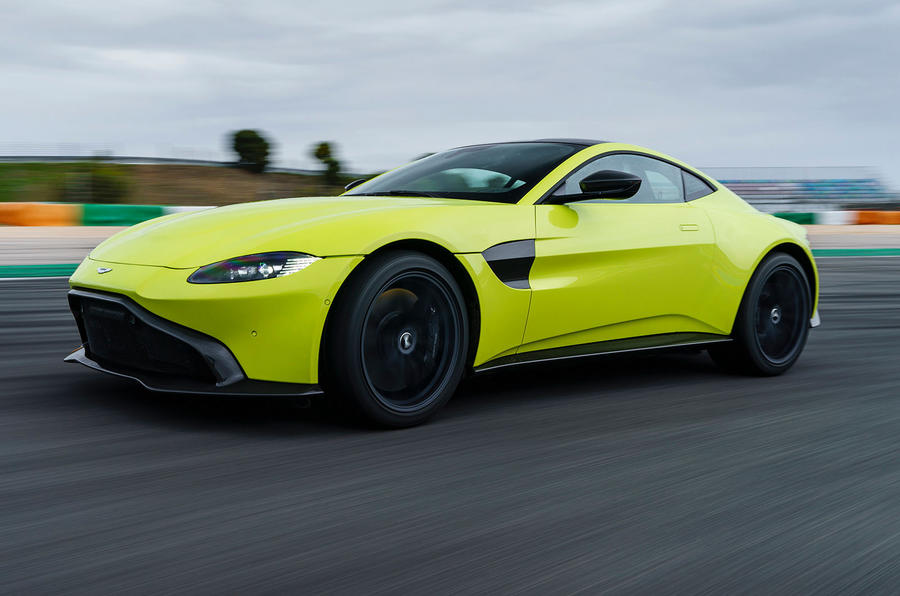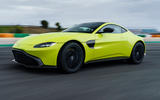What is it?
“Is it better than the Porsche 911?”
That’s the question Aston Martin boss Andy Palmer asks his engineers, and it’s not an unreasonable one for you to ask, too.
And the answer? Well, as they’ll tell him and I’ll tell you over the next 1500 words or thereabouts: it’s not that simple, guv. In some ways, yes, it is better; in many ways, no, it isn’t; but, for the most part, it’s just different. And that’s fine.
Where are we, then? Two models into the ‘second century plan’ that’ll see a new Aston launched every year until 2022, when the cycle begins again. It’ll be a range of sports cars under constant reinvention, with profits from the first providing the investment to develop the next. Like a normal car company. “It’s not rocket science,” says Palmer.
First, then, was the Aston Martin DB11, the big, comfy grand tourer, at one end of the sports car scale. And now there’s the Vantage, which sits at the other end, but using a fair degree of DB11 parts.
It’s a strict two-seater, with a Mercedes-AMG 4.0-litre twinturbocharged V8 engine sourced from Aston’s part-owner in the front and power going from there to the back via an eight-speed transaxle torque-converter gearbox and an electronically controlled limited-slip differential.
To see beneath the new Vantage’s skin is to see the advances Aston has made since the old VH architecture died and the new, still-all-aluminium structure arrived. Only 33% of the structure is shared with a DB11; at 4465mm, the DB11 is 274mm longer than the Vantage but, at 1942mm across the body (2153mm to the mirror ends), 2mm narrower than the new car. A 911 is a thumb’s width longer than the Vantage but, at 1808mm, rather a lot narrower. Which could be important.
There are more pressings and castings than extrusions in an Aston’s make-up these days. They’re more expensive but more space efficient for a given strength, so the Vantage seats two big people very comfortably and the boot, underneath a hatch tailgate, is big enough for two golf bags. The skin is a mix of aluminium and plastic composites, and dry weight is quoted at 1530kg including the lightest options. A 911 GTS is less than that, even full of fluids and with a statutory 75kg added to it to represent driver and fuel. Like for like, the Vantage could be 10% heavier than a 911. That could be important, too.


















































Join the debate
Add your comment
I like the look of this,and
I like the look of this,and the balance too,but for a practical daily driver for me the important point was in the middle of the article,that it takes 2 sets of golf clubs! Or for me a couple of Fenders and an AMP! try that in the trunk of a 911 or an R8! It is a different car and different choice than any 911,and as has been said,an Aston,and of you are in the market for an Aston you don,t want a Porsche, nice though they are.
Autocar IT Techies, please?
Please can it be arranged by clever techies to jump directly to the second page of comments WITHOUT going back to the top of the article?
Thanks for giving it some thought!
It's really time to compare how front engine compares with rear
How does this Vantage with its front engine placement really handle compared with the 911. I'm not sire we will ever be told the answer. Lately many reviewers have been talking about how neutral and safe the handling of most 911's are- especially the new GT3. But are the 911's really so neutral and safe? Is the Vantage more so. I suspect we won't be told this.